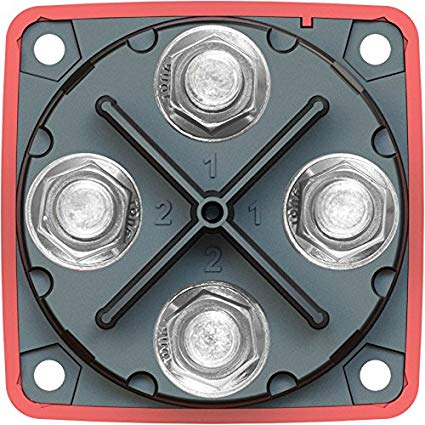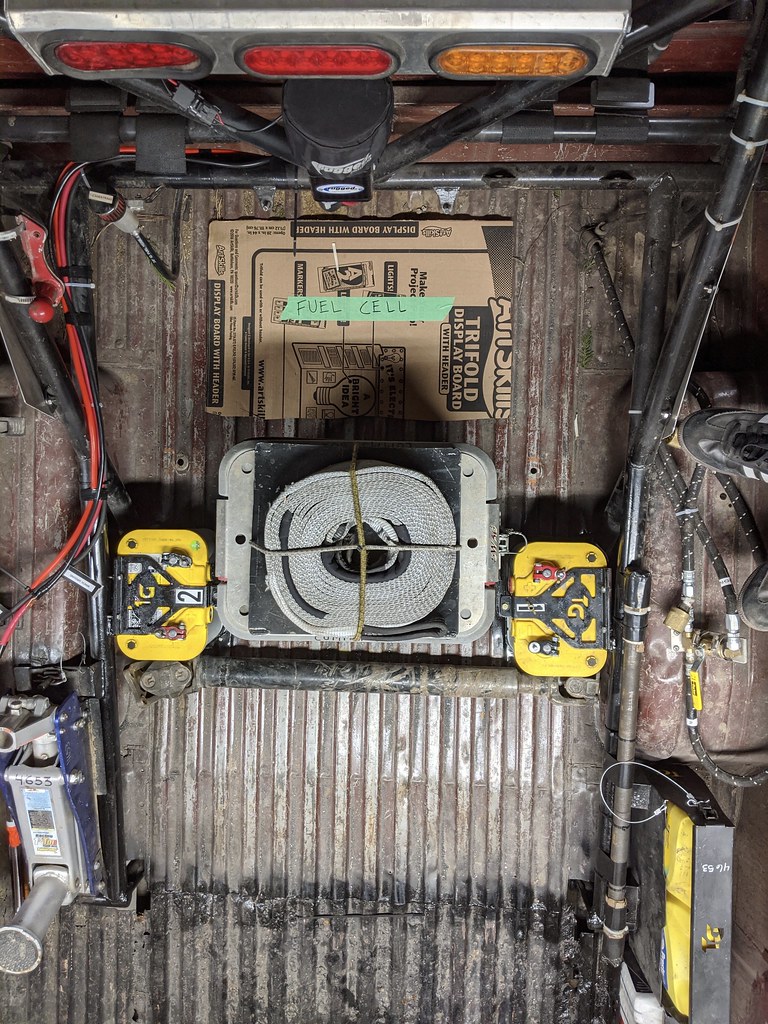NickMaul
Well-Known Member
- Joined
- Jul 4, 2009
- Location
- Norfolk, VA
Electrical gurus step on in.
I am relocating my battery to the back of my Cherokee XJ. I know how to properly size the cables running from the front to the back. What sort of ground and power distribution system do I need to have so I don’t impact the current system negatively?
I’ll probably throw in a kill switch on the ground in the path from the front to the back for safety and security purposes as well.
TIA
Sent from my iPhone using Tapatalk
I am relocating my battery to the back of my Cherokee XJ. I know how to properly size the cables running from the front to the back. What sort of ground and power distribution system do I need to have so I don’t impact the current system negatively?
I’ll probably throw in a kill switch on the ground in the path from the front to the back for safety and security purposes as well.
TIA

Sent from my iPhone using Tapatalk



